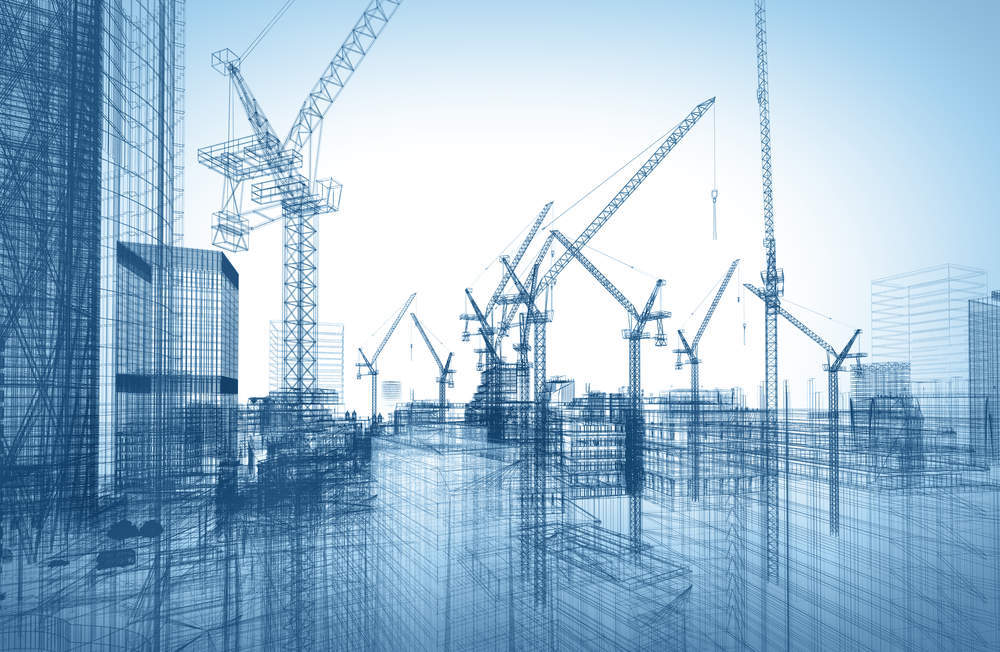Sustainable construction is rapidly becoming a critical focus for the building industry, driven by your increasing awareness of environmental impacts and the pressing need for resource efficiency. As you strive to minimise your carbon footprint, the methods and materials used in construction projects hold the key to achieving more sustainable outcomes. The shift towards sustainable building practices is not just about adhering to regulations; it’s about committing to the long-term health of our planet.
The basic principles of sustainable construction involve using materials and processes that are resource-efficient and environmentally friendly throughout the life cycle of a building. This approach not only helps in reducing the environmental impact but also enhances the economic performance and social responsibility of your building projects. By prioritising sustainability, you ensure that the structures built today are designed with tomorrow in mind, offering lasting benefits to both the environment and the community.
Exploring the Environmental Impact of Building Materials
The selection of building materials is critical in determining the environmental footprint of your construction projects. Materials like concrete, steel, and wood, which are traditionally used in buildings, consume vast amounts of energy during production and contribute significantly to carbon emissions. On the other hand, sustainable materials such as recycled steel, bamboo, and reclaimed wood offer a greener alternative, reducing the need for virgin resources and minimising waste.
When you choose materials for your project, consider their life cycle—from extraction through manufacturing, transportation, installation, and disposal. Each phase has environmental implications, such as the depletion of non-renewable resources or the release of pollutants. By opting for materials with a lower environmental impact, you actively contribute to reducing your project’s overall ecological footprint, paving the way for a more sustainable construction industry.
The Importance of Durability in Construction Fasteners
Durability in construction fasteners is not just about longevity but also about the sustainability of your structures. High-quality screws, bolts, and fixings that withstand the test of time reduce the need for frequent replacements, which, in turn, lowers the environmental impact associated with manufacturing and waste disposal. Ensuring that your fasteners are durable also contributes to the structural integrity of buildings, which is crucial for safety and long-term sustainability.
Selecting the right fasteners involves understanding the specific needs of your project, such as the types of loads and environmental conditions the fasteners will face. For instance, stainless steel screws are ideal for outdoor applications where corrosion resistance is critical. By investing in quality from the start, you ensure that your construction elements stay secure and functional, minimising maintenance and replacement costs over the building’s lifespan.
How Quality Screws and Fixings Contribute to Eco-Friendly Buildings
In the journey towards more sustainable building practices, the role of high-quality screws and fixings is often overlooked. Yet, these small components are pivotal in ensuring the efficiency and durability of eco-friendly construction. Using premium screws and fixings can enhance the thermal performance of buildings by ensuring tight seals that reduce energy leakage. This is particularly important in energy-efficient buildings where every small improvement can lead to significant energy savings.
For those involved in eco-friendly projects, selecting the right screws and fixings is crucial. Whether you are securing insulation panels or installing solar equipment, the strength and adaptability of your fixings directly influence the environmental performance of your buildings. By choosing high-quality screws and fixings, you not only ensure the structural integrity of your projects but also contribute to their sustainability credentials. It’s an investment in the future of construction that yields returns in both environmental and economic terms.
Standards and Certifications that Ensure Sustainable Practices
Adherence to standards and certifications plays a crucial role in your pursuit of sustainable construction. These benchmarks are designed to ensure that building materials and processes meet specific environmental, safety, and quality criteria. Certifications such as LEED (Leadership in Energy and Environmental Design) or BREEAM (Building Research Establishment Environmental Assessment Method) provide guidelines that help you make informed choices about the materials and methods you use in your projects.
Obtaining these certifications can also serve as a powerful marketing tool, demonstrating your commitment to sustainable practices. They reassure your clients and stakeholders that your projects align with global efforts to reduce environmental impact. For your construction projects, following these standards is not merely about compliance; it’s about contributing to a broader change towards more sustainable business practices worldwide.
How Fixings Affect Energy Efficiency
The choice of fixings can significantly affect the energy efficiency of your buildings. Efficient fixings ensure that building envelopes are tightly sealed and insulated, preventing heat loss during winter and keeping interiors cool in summer. This is especially important in eco-friendly buildings, where energy conservation is paramount. Using advanced, well-designed screws and fixings can improve the installation of insulation materials, double-glazing units, and airtight dry lining systems.
Energy efficiency in buildings reduces your operational costs and decreases carbon emissions, contributing to the fight against climate change. The right fixings can make a considerable difference in maintaining the integrity and efficiency of building envelopes. Therefore, focusing on the quality and suitability of your fixings is a step towards building more sustainable structures that offer comfort while reducing energy consumption.
Challenges Facing the Construction Industry in Sustainability
While the construction industry progresses towards sustainability, several challenges remain. The first is the cost associated with implementing sustainable practices. Often, eco-friendly materials and technologies come at a premium, and budget constraints can deter your adoption of greener methods. Additionally, there is a significant knowledge gap in the industry regarding the benefits and practical implementation of sustainable construction practices.
Another challenge is the resistance to change. Many in your industry cling to traditional methods and materials because they are proven and familiar. Overcoming this resistance requires education and demonstration of the long-term benefits and potential savings from sustainable construction. It’s crucial for industry leaders to advocate for change and support the adoption of new technologies and practices that can enhance sustainability. Addressing these challenges is essential for advancing sustainable construction and making it the norm rather than the exception.
What’s Next for Sustainable Construction Materials?
As you look to the future, the evolution of sustainable construction materials appears promising and is poised to transform building practices significantly. Researchers and innovators are continuously exploring new materials that not only reduce environmental impact but also enhance the functionality and aesthetic appeal of buildings. One exciting development is the creation of bio-based materials, such as mycelium and bamboo, which are not only sustainable but also offer remarkable durability and strength.
The integration of smart technology in construction materials is on the rise, promising to increase the efficiency of buildings. These technologies allow materials to adapt to environmental changes, such as self-healing concrete that repairs its own cracks, reducing maintenance needs and extending the lifespan of your structures. The push towards these innovative materials and technologies reflects a shift in your industry towards more dynamic and responsive building practices, ensuring that sustainability remains at the forefront of construction developments.
By choosing environmentally friendly materials and adopting innovative construction methods, you are not only contributing to a greener planet but also enhancing the economic and social value of your projects. This shift towards sustainability is not just beneficial—it is essential for future generations.
Your role in this transition is vital. By supporting sustainable construction, you help drive the industry towards more responsible practices that prioritise environmental integrity and resource efficiency. It’s a collective effort that requires persistence and dedication, ensuring that the structures you build today will stand as testaments to sustainable progress tomorrow.












































